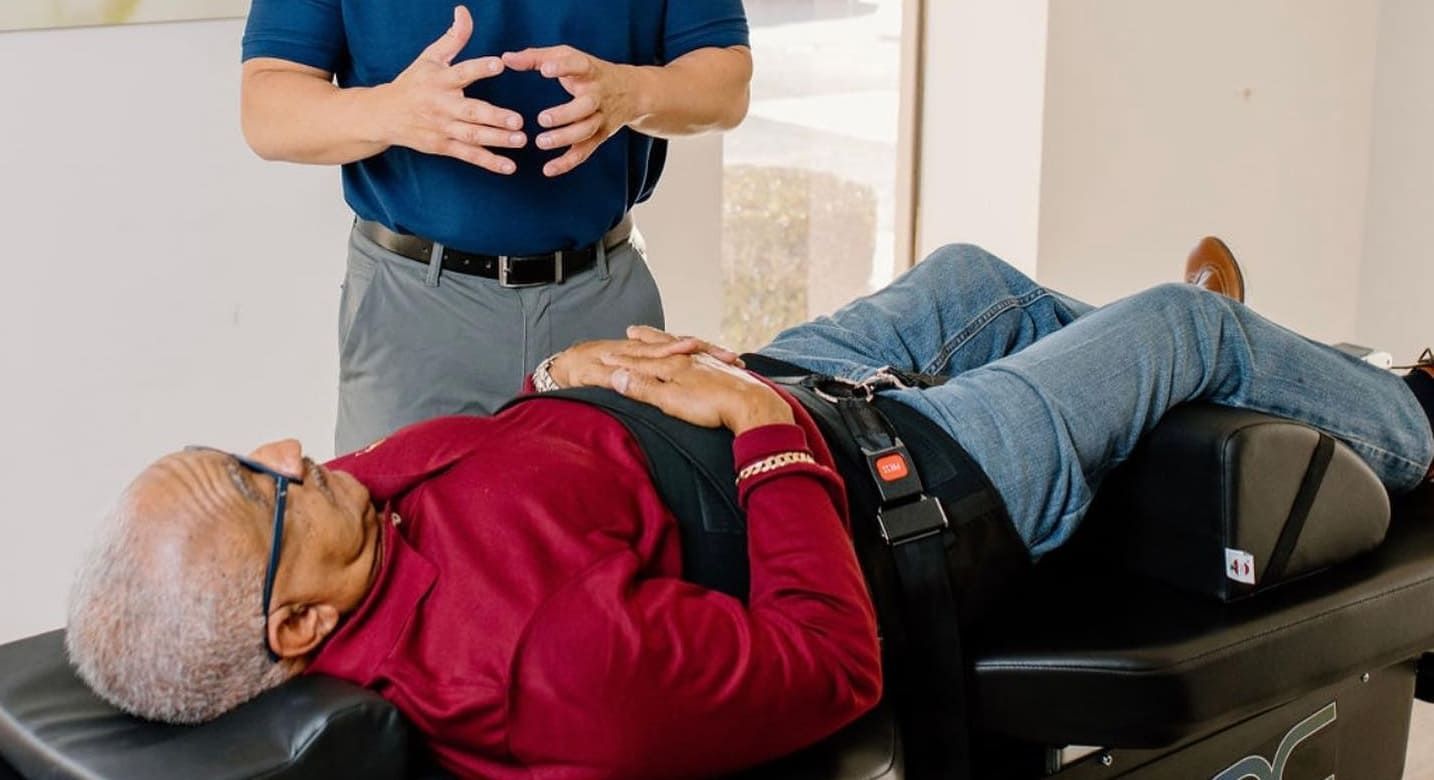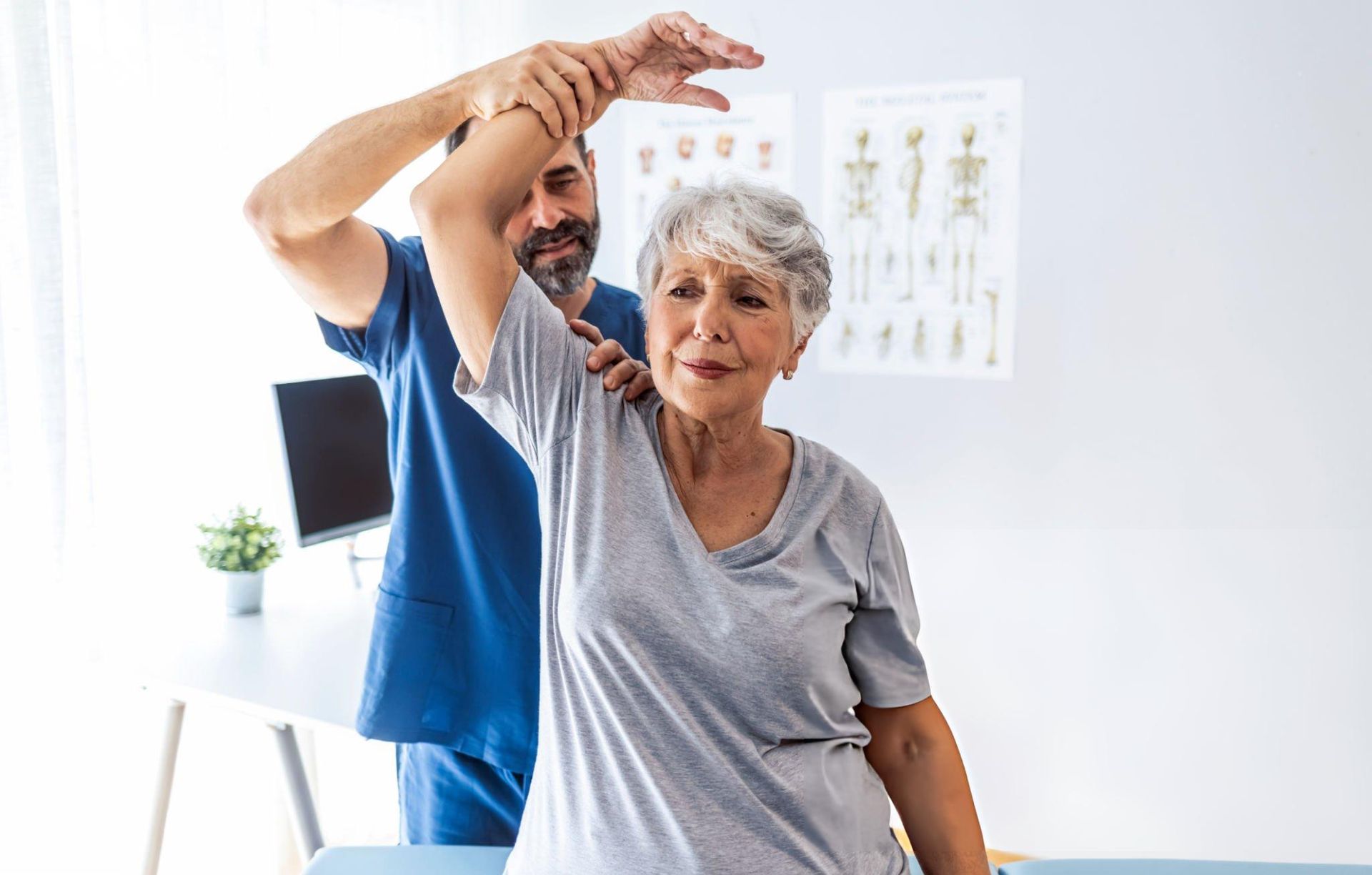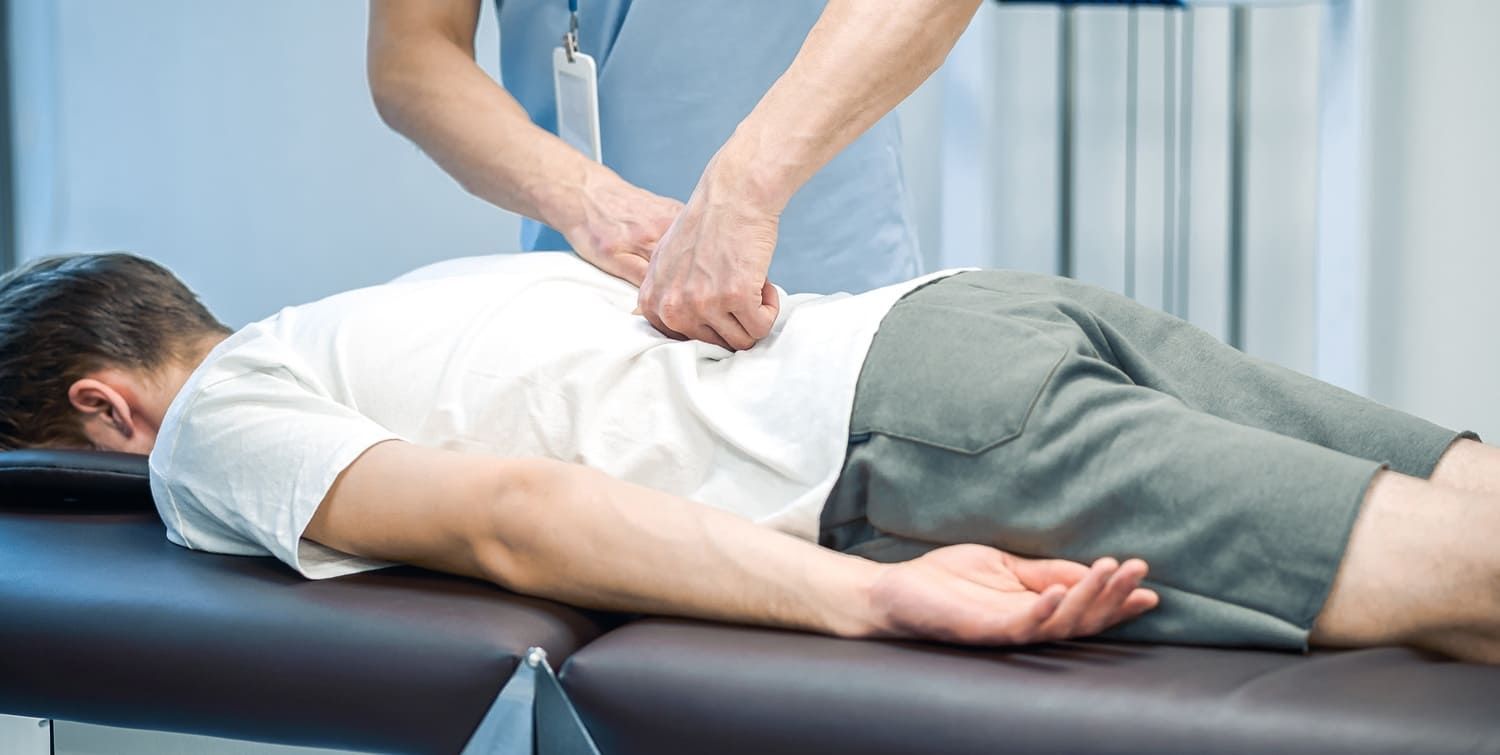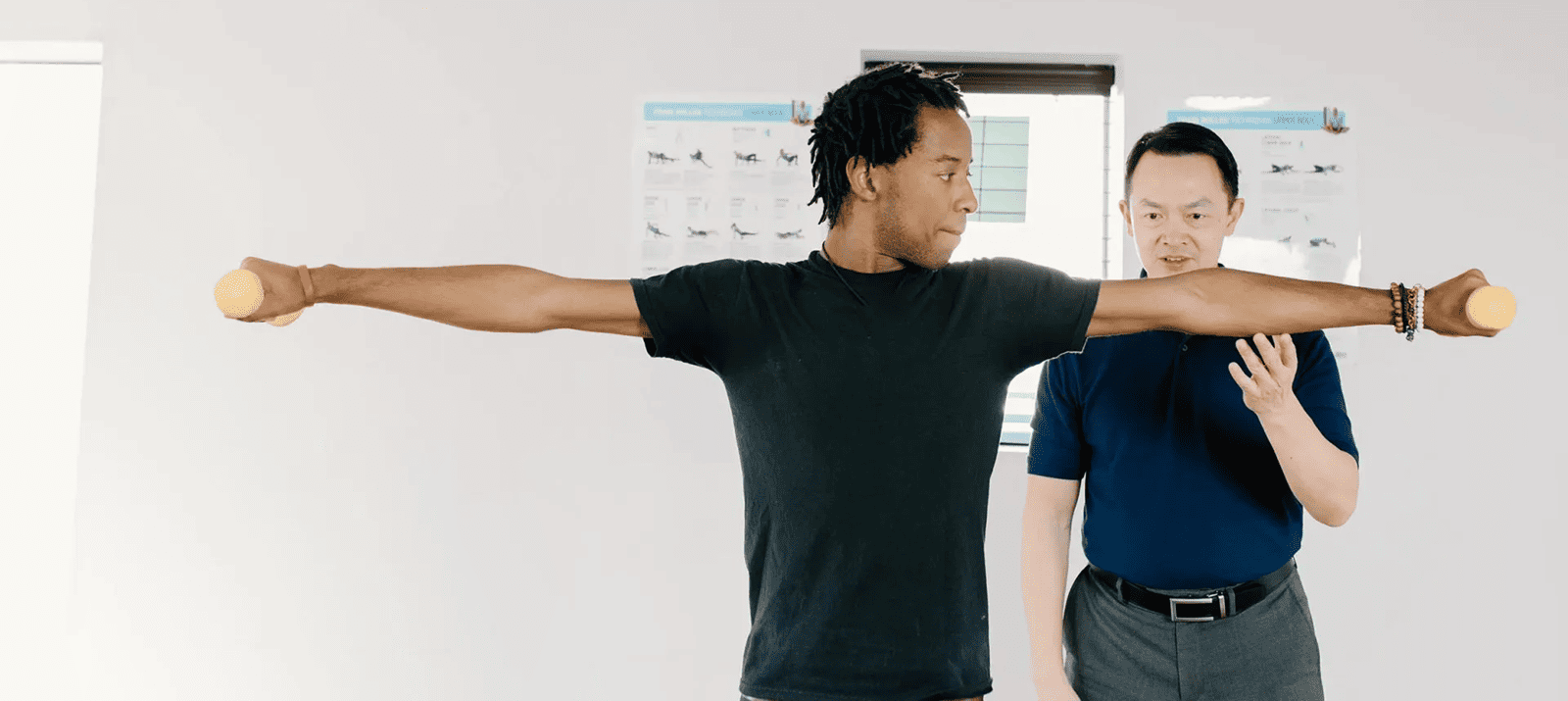Auto Accident Recovery: When to See Your Chiropractor
Chiropractic care plays a vital role in the recovery process following an auto accident. For many individuals in the Tampa Bay, Brandon, Sarasota, and surrounding Florida areas, accessing essential chirocare shortly after injury is essential for returning to a higher quality of life. Chiropractic treatments offer a safe alternative to invasive procedures by addressing pain, restoring mobility, and reducing inflammation. This article provides an in‐depth look at the warning signs for chiropractic care after an auto accident, the benefits of early treatment, how insurance factors in, and expert tips for choosing the right chiropractor.

Understand the Signs Indicating You Need Chiropractic Care
Identifying when to seek chiropractic care after an auto accident starts with recognizing key warning signs. Early detection can lead to more effective treatment and a smoother recovery.
Identify Common Symptoms After an Auto Accident
Common symptoms after a car accident include muscle stiffness, soreness, and joint pain. Even if the pain seems mild at first, discomfort in the neck or back may signal soft tissue injuries that need early intervention. Early chiropractic adjustments can help reduce muscle tension and improve blood circulation, which supports the healing process.
Recognize Persistent Pain and Discomfort
Pain that does not resolve within a few days may indicate underlying issues such as spinal misalignments or soft tissue damage. Persistent dull aches or sharp pains, if left untreated, can lead to chronic conditions. Studies have shown that patients receiving chiropractic care within the first week experience faster pain reduction and overall recovery improvements.
Monitor Changes in Mobility and Flexibility
A noticeable reduction in range of motion or flexibility after an auto accident is an important indicator. Spinal misalignments or soft tissue injuries can limit movement and make everyday activities challenging. Regular chiropractic adjustments can realign the spine and restore flexibility, helping patients regain normal movement patterns.
Note Headaches or Dizziness Following Trauma
Headaches or dizziness are common after auto accidents and may result from strain on the cervical spine. Chiropractic adjustments that relieve pressure on nerve pathways can reduce the frequency and intensity of these symptoms, preventing them from becoming chronic.
Assess Emotional and Psychological Impacts on Recovery
The impact of a car accident is not limited to physical injuries. Emotional stress, anxiety, and depression can develop as a response to trauma. Chiropractic care not only helps relieve physical pain but also aids in reducing emotional stress through the relaxation benefits of adjustments and complementary therapies like massage.
Learn How Chiropractic Treatment Assists in Recovery
Chiropractic treatments employ natural, non-invasive techniques to restore alignment, reduce pain, and promote overall health.
Discover Methods Chiropractors Use for Injury Treatment
Chiropractors use methods such as spinal manipulations, mobilization, and therapeutic exercises tailored to each patient’s needs. These techniques focus on relieving pressure on nerve roots and reducing pain in bruised or injured tissues. The coordinated methods help enhance recovery and improve function after an accident.
Examine the Role of Spinal Adjustments in Recovery
Spinal adjustments are central to chiropractic care for auto accident injuries. These adjustments realign the spinal column and relieve pressure on the nervous system, leading to immediate pain relief and long-term benefits such as improved posture and decreased re-injury risk. When properly performed, adjustments facilitate faster neural responses and efficient healing of soft tissues.
Understand Rehabilitation Exercises Recommended by Chiropractors
Rehabilitation exercises complement chiropractic adjustments by strengthening weakened muscles, improving balance, and restoring range of motion. Many practices design customized regimens to address each patient’s specific impairments, helping maintain improvements achieved during manual therapy and prevent muscle weakness over time.
Explore Massage Therapy as a Complementary Approach
Massage therapy is often combined with chiropractic care to offer a more comprehensive recovery plan. By reducing muscle spasms, enhancing circulation, and relaxing tense muscles, massage helps improve the overall rate of recovery. When used together with spinal adjustments, massage therapy can amplify pain relief and mobility improvements.
Review the Importance of Regular Follow-Up Appointments
Regular follow-up appointments allow chiropractors to monitor progress, reassess spinal alignment, and modify treatment plans as needed. These consistent check-ups help identify any emerging complications early, ensuring that recovery remains on track and reducing the risk of developing chronic pain.
Determine the Best Time to Consult a Chiropractor
Deciding when to see a chiropractor is critical for maximizing recovery after an auto accident. Early consultation can prevent further complications and speed up healing.
Assess Urgency Based on Injury Severity and Pain Levels
If acute pain, significant mobility impairment, or neurological symptoms like numbness occur after an accident, it is important to seek care within 48 to 72 hours. Early intervention is vital in preventing injuries from worsening and may reduce overall recovery time by up to 30%.
Evaluate the Benefits of Early Intervention Post-Accident
Early treatment following an accident can effectively reduce inflammation and correct misalignments, resulting in quicker pain relief and fewer complications. Patients who start treatment soon typically rely less on pain medication and recover more quickly.
Discuss When to Schedule Your First Chiropractic Visit
It is advisable to schedule a chiropractic consultation shortly after an auto accident, particularly if discomfort persists beyond a few days. The initial evaluation, often including a physical exam and diagnostic imaging, helps establish an effective, tailored treatment plan.
Identify Signs That Require Immediate Chiropractic Attention
Certain symptoms—such as severe, sharp pain, loss of bowel or bladder control, or signs of concussion—demand urgent chiropractic evaluation. Even if these symptoms are mild, prompt assessment is necessary to rule out serious complications.
Recognize the Ideal Timeline for Ongoing Treatment
A typical recovery plan involves a series of treatments over several weeks. Establishing an ongoing schedule during the initial consultation allows the chiropractor to adjust the plan as the patient’s condition improves, ensuring consistent progress and long-term recovery.
Consider the Benefits of Incorporating Chiropractic Care
Incorporating chiropractic care into your recovery plan offers benefits that extend well beyond immediate pain relief.
Enhance Recovery Time Through Targeted Therapies
Chiropractic care focuses on specific areas of pain and dysfunction, reducing recovery time through targeted treatments such as spinal adjustments and soft tissue mobilization. These methods work together to speed healing and are particularly effective when applied promptly.
Improve Overall Physical Function and Mobility
In addition to pain reduction, regular chiropractic care helps restore physical function and enhance mobility. Improvements in posture, balance, and motor control allow patients to return to daily activities and exercise, supporting long-term physical health.
Experience Decreased Pain Through Consistent Treatment
Consistent treatments help address the underlying causes of musculoskeletal discomfort. A combined approach of adjustments and supportive therapies can steadily reduce pain levels, increasing the range of motion without reliance on medications.
Boost Emotional Well-Being During the Recovery Process
Reduced pain and improved mobility positively affect mental health. Many patients report enhanced mood, reduced anxiety, and better sleep quality as their physical condition improves. This emotional well-being further supports overall recovery and quality of life.
Foster Long-Term Health Benefits Beyond Accident Recovery
Ongoing chiropractic care can help prevent future injuries and chronic pain by maintaining optimal spinal health. Many patients integrate regular adjustments and exercises into their wellness routines, promoting sustained energy, improved immunity, and consistent physical performance.
Explore the Role of Insurance in Chiropractic Visits
Understanding and navigating insurance coverage is key to managing the cost of chiropractic care.
Investigate Coverage for Auto Accident-Related Treatments
Many Florida insurance plans cover chiropractic treatments related to auto accidents, including assessments, spinal adjustments, and rehabilitative exercises. Reviewing your policy to find in-network providers and any pre-authorization requirements is important for accessing timely care.
Understand Co-Pays and Deductibles for Chiropractic Care
Insurance plans often involve fixed co-pays or a percentage of treatment costs, and deductibles must usually be met before full benefits apply. Being aware of these financial details helps in planning your treatment schedule and avoiding unexpected costs.
Review Required Documentation for Insurance Claims
Proper documentation—such as medical reports, treatment plans, and invoices—is necessary for filing insurance claims. Chiropractors typically provide detailed session records to streamline this process, ensuring that you can receive the full benefits of your policy.
Discuss Options for Self-Pay if Insurance Is Not Applicable
If insurance coverage is limited or unavailable, many chiropractic practices offer self-pay options. These may include discounted rates or flexible payment schedules, making treatment more affordable without compromising care quality.
Analyze the Importance of Choosing an In-Network Provider
Selecting an in-network provider can significantly lower your treatment costs. In-network chiropractors have negotiated rates and streamlined claims processes, enhancing both affordability and care efficiency.

Find Tips for Choosing the Right Chiropractor
Choosing the right chiropractor is critical to a successful recovery. It is important to find a provider who is well qualified, experienced in auto accident injuries, and aligned with your treatment needs.
Research Credentials and Specialties of Potential Chiropractors
Investigate the professional credentials, training, and specialties of chiropractors. Look for practitioners with postgraduate training in auto accident recovery, manual therapy, and rehabilitative exercises. Certifications from recognized organizations, such as the American Chiropractic Association, are strong indicators of high professional standards.
Read Patient Reviews and Testimonials for Insights
Patient reviews and testimonials offer valuable insights into a chiropractor’s effectiveness, bedside manner, and overall treatment outcomes. Reviews can help you gauge which providers have successfully managed auto accident injuries and improved patient mobility and pain management.
Schedule Consultations to Assess Comfort and Compatibility
Scheduling initial consultations allows you to evaluate comfort levels, treatment approaches, and overall compatibility. A thorough consultation will include a physical assessment and discussion of your treatment goals, providing an opportunity to determine if the chiropractor’s methods and clinic environment meet your expectations.
Evaluate Treatment Approaches and Techniques Used
Different chiropractors use varying techniques—from traditional spinal adjustments to methods such as electrical muscle stimulation and ultrasound therapy. Assess the range of methods offered and ensure they are supported by evidence. For example, a practitioner skilled in spinal decompression techniques might be beneficial for severe back pain following an accident.
Seek Recommendations From Trusted Healthcare Providers
Recommendations from physicians, physical therapists, or acquaintances who have experienced similar injuries can be invaluable. Trusted referrals often highlight chiropractors known for professionalism, effective treatment protocols, and patient-centered care.
Table: Key Attributes of Chiropractic Care for Auto Accident Recovery
Below is a summary table outlining the key benefits of chiropractic care in the context of auto accident recovery.
| Key Attribute | Benefit | Clinical Outcome | Example/Value |
|---|---|---|---|
| Early Intervention | Reduces recovery time | Up to 30% faster healing | Treatment within 48–72 hours |
| Spinal Adjustments | Decreases pain and misalignments | Immediate pain relief, improved mobility | Enhanced posture improvement |
| Rehabilitation Exercises | Restores strength and flexibility | Increased range of motion | Custom exercise programs |
| Massage Therapy | Reduces muscle tension | Better circulation, reduced spasms | Complementary care |
| InsuranceNavigation | Decreases out-of-pocket expenses | Lower co-pays for in-network services | In-network provider savings |
| Consistent Follow-Up | Maintains long-term health benefits | Prevents chronic pain | Regular reassessment |
This table offers a clear comparison of the functional benefits of chiropractic care and how each attribute contributes to recovery after an auto accident.
Frequently Asked Questions
When should I see a chiropractor after a car accident?
Seek chiropractic care within 48 to 72 hours after an accident if you experience persistent pain, reduced mobility, or neurological symptoms like headaches or dizziness.
Can chiropractic care help with both physical and emotional recovery?
Yes, chiropractic care alleviates physical pain and improves mobility while reducing stress and enhancing overall mood through natural pain relief and muscle relaxation.
How does early intervention impact recovery outcomes?
Early intervention can significantly reduce recovery time, prevent chronic pain, and improve mobility by promptly addressing misalignments and inflammation.
What should I look for when choosing a chiropractor?
Look for providers with the proper credentials, experience with auto accident injuries, positive patient testimonials, effective treatment methods, and in-network status with your insurance.
Are chiropractic adjustments safe after an auto accident?
Yes, when performed by a licensed and experienced chiropractor, adjustments are safe and effective for alleviating pain and improving function after an auto accident.
Does insurance typically cover chiropractic care for car accident injuries?
Many insurance plans cover chiropractic care related to auto accidents. It’s important to review your policy for specifics regarding co-pays, deductibles, and in-network provider requirements.
How long does it take to notice improvements from chiropractic treatment?
Patients often report noticeable improvements in pain and mobility within a few sessions, though full benefits may take several weeks of consistent care.
Can I combine chiropractic care with other therapies for auto accident recovery?
Yes, many patients benefit from combining chiropractic adjustments with rehabilitative exercises, massage therapy, and, when needed, additional physical therapy modalities.
Final Thoughts
Chiropractic care after an auto accident offers a comprehensive, non-invasive approach to recovery by addressing both physical and emotional aspects of healing. Recognizing early symptoms, seeking prompt treatment, and following a consistent care plan can accelerate recovery and reduce the risk of long-term complications. Understanding your insurance coverage and selecting the right provider are essential steps in maximizing the benefits of chiropractic care. With a focus on holistic healing and sustained health improvements, chiropractic treatment is a key component in restoring mobility, reducing pain, and enhancing quality of life for accident victims.
At Essential ChiroCare, proudly serving Tampa, Brandon, Sarasota, Pinellas Park, and Lakeland, our experienced team is here to guide you through recovery with personalized, compassionate care. Schedule a consultation today and take the first step toward healing and wellness after an accident.










